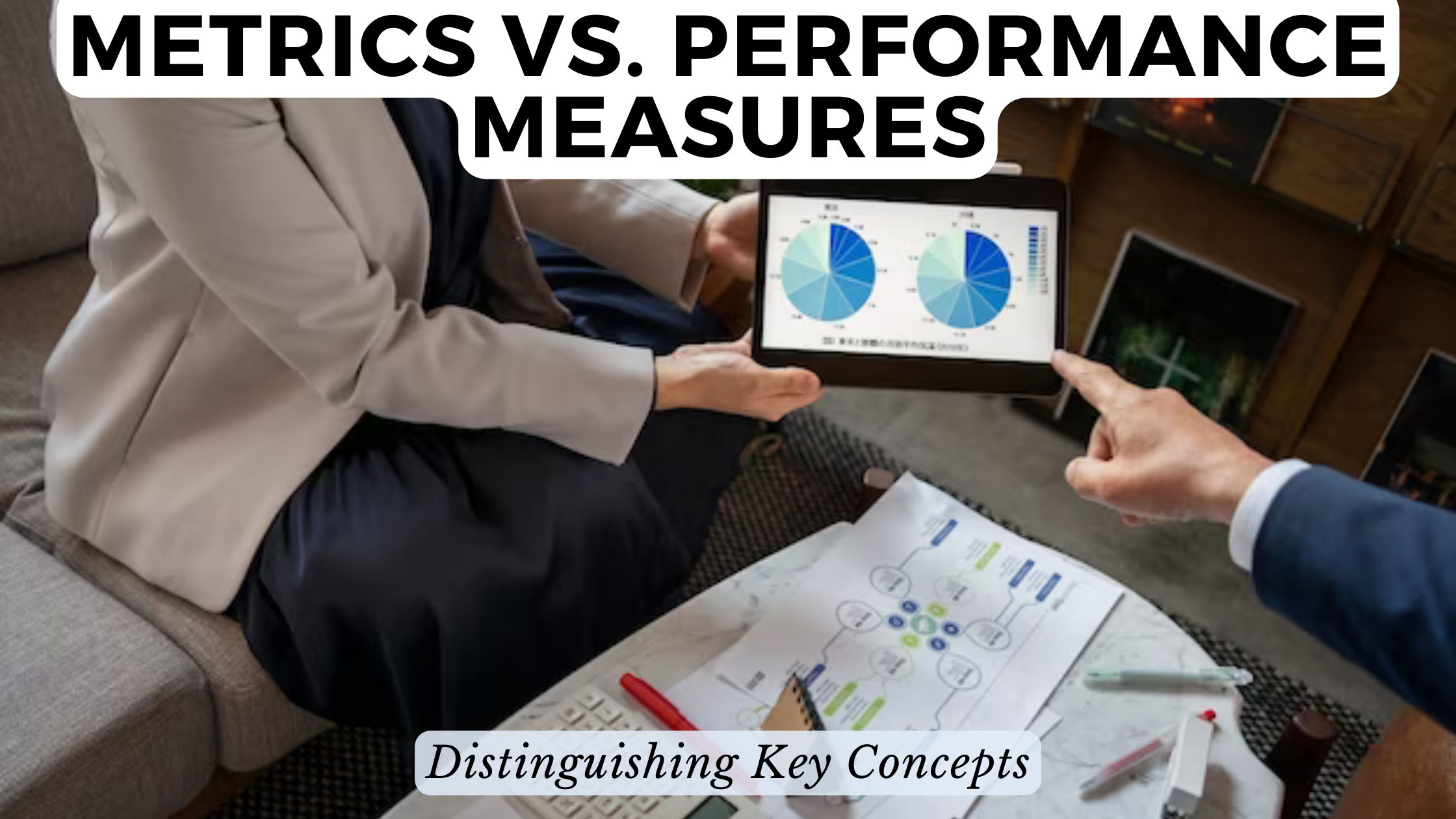Metrics vs. Performance Measures: Distinguishing Key Concepts
- Expense Management Software Credit Cards Investing Business Solutions


Metrics vs. Performance Measures: Distinguishing Key Concepts
Understanding the nuances between metrics and performance measures is crucial for effective decision-making in any business. In this guide, we’ll explore the distinctions between these two key concepts and shed light on their significance in the realm of SaaS.
Metrics: The Quantifiable Indicators
Metrics are quantifiable data points that provide insights into various aspects of business performance. They are objective, measurable, and serve as a means of tracking progress toward specific goals. Here are some examples:
- Customer Acquisition Cost (CAC): The cost incurred to acquire a new customer.
- Churn Rate: The rate at which customers stop using a product or service.
Performance Measures: Assessing Effectiveness
Performance measures, on the other hand, are broader and often subjective evaluations of how well an organization is achieving its objectives. They involve a qualitative assessment of processes, activities, and outcomes. Examples include:
- Customer Satisfaction Surveys: Gathering feedback on the overall satisfaction of customers.
- Employee Engagement Scores: Assessing the level of commitment and motivation among employees.
Distinguishing Factors
While metrics are concrete and specific, performance measures offer a more holistic view of overall effectiveness. Metrics are often the building blocks used to create performance measures, providing the necessary data for comprehensive assessments.
Metrics in Action
To illustrate the difference, let’s consider the metrics used by leading SaaS products:
- HubSpot: Utilizes metrics like lead conversion rates and customer retention to measure marketing and sales effectiveness.
- Monday.com: Tracks metrics such as project completion times and task completion rates, offering insights into project management efficiency.
- Zendesk: Monitors customer support metrics like ticket resolution times and customer satisfaction scores.
Conclusion: Balancing Metrics and Measures
In conclusion, both metrics and performance measures play integral roles in assessing and enhancing business performance. While metrics provide tangible data for analysis, performance measures offer a broader context for evaluating success.
Unlock exclusive deals and gain insights into your SaaS tools. Join Subscribed.FYI for free to streamline your subscriptions and access member-only deals, saving you significant costs.
Relevant Links:





